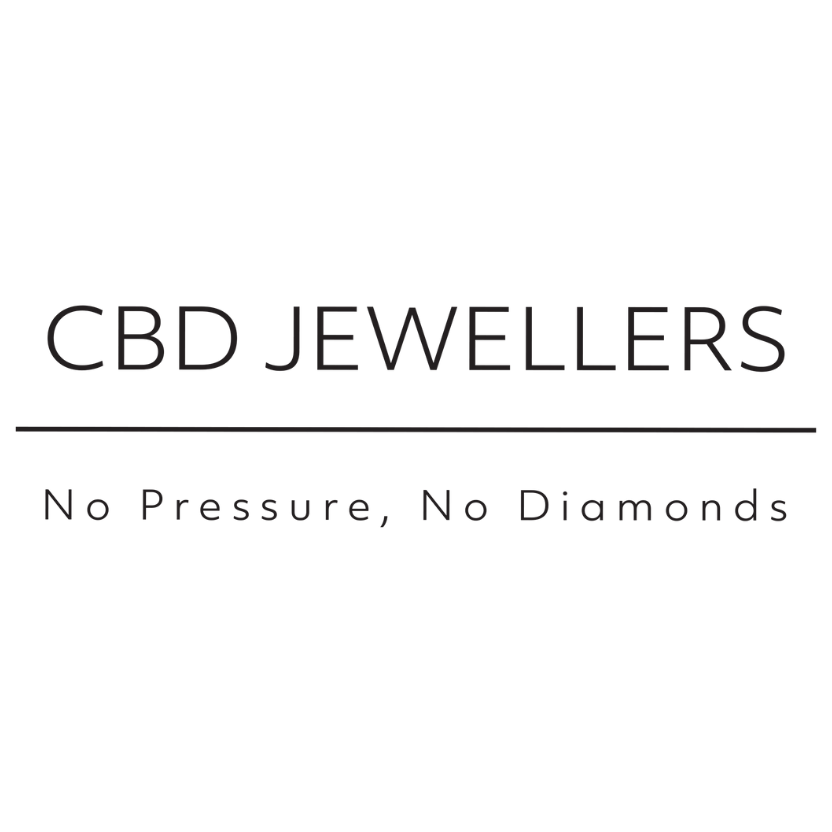Article: Diamond Buying Guide: How To Buy A Diamond

Diamond Buying Guide: How To Buy A Diamond
Diamonds, the brilliance and intrinsic value these highly sought-after stones bring are what make them very popular. Throughout time they have become the embodiment of eternal, flawless beauty placing them at the top of the lists of collectibles, jewellery crafting, and gifts.
These valuable stones come in various shapes, forms, and have been created by nature or through innovations of science. No two diamonds are exactly alike. That’s what makes every piece unique.
The value, price, quality, and appraisal of a diamond may be a bit overwhelming to most people. This may be true and there are a lot of things that are involved when it comes to choosing which piece to buy. However, when you place the technical stuff aside and focus on the basics, talking about, buying, and dealing with diamonds can be an enjoyable experience.
This diamond buying guide is a compilation of all important information and aims to help you in your decision-making.
Picking Your Diamond Characteristics
As every diamond stone is different from the next, finding the right one for you may be a bit of a challenge. To make the task easier for you and for your convenience, here are the basics that you need to know.
Understanding the Diamond Quality
A diamond’s quality is determined by its score on the grading standards established by the GIA (More below). The universally accepted grading system is used in classifying and describing each gemstone. Diamonds that get high scores in the 4 Cs grading system are more valuable than those that score low and those that are non-graded.
You’ll be hearing the following basic terms listed below over and over again. Make sure to acquire the knowledge and learn how to discern one characteristic from the next. This will make your shopping experience more fun and enjoyable.
Diamond-Cut
Most people treat the diamond’s cut as the most important characteristic as it has the most influence on the stone’s sparkle, brightness, and beauty. It describes the diamond’s shape and the quality of workmanship done to achieve its present state. The precision of its cuts is also significant as it determines how each facet interacts with the light that passes through.
The shape of diamonds follows the trends that continuously change over time. Some shapes are considered to be timeless classics while others are gradually gaining popularity and have risen in value in recent times. However, it all boils down to your personal taste and preferences.
The following are the most popular diamond shapes that you would encounter in the market:
- Round brilliant
- Oval
- Marquise
- Emerald
- Radiant
- Princess
- Baguette
- Heart
- Pear
-
Asscher
One important factor people look at when it comes to a diamond’s cut is the proportion and position of the cuts in relation to the stone’s dimensions. The ratio of the diameter to the depth, for example, is an important characteristic that determines the beauty of the diamond. Diamonds with perfect to near-perfect cuts are exponentially priced.
Diamond Colour
It is very rare to find a diamond that doesn’t have any colour at all. The less colour a diamond has, the more valuable it becomes. An exception to this rule is the “fancy coloured diamonds” which are also extremely expensive.
The diamond’s colour is the second most important characteristic considered when it comes to its value. A diamond with the least shade of colour is more desirable than one with hues of yellow in it. In line with this, the tone of the jewellery’s setting can also affect the colour and appearance of the diamond.
In terms of grading, the colourless diamonds are classified as D while at the end of the spectrum are the yellow-brown diamonds which are graded as Z. Here’s a short description of some entries from the classification system:
- D-F Colourless Diamonds - The rarest and most expensive diamonds.
- G-J Near Colourless Diamonds - Barely visible colours and still acknowledged as high-quality.
- K Faint Colour Diamonds - Fairly cheap but pairs perfectly with yellow gold setting.
One thing to keep in mind is the larger the diamond, the more visible the colour will be. If you’re looking for stones that are under 1 carat, a colour grade of K or higher will still look great. On the other hand, stones that are more than 1 carat should be higher than the H colour grade.
Diamond Clarity
The diamond’s clarity is the scoring of all the flaws and imperfections that are present on the stone. Flaws found on the surface are called blemishes while those found internally are called inclusions or internal characteristics. Most flaws are usually unnoticeable to the naked eye (eye clean) and are only evident under a microscope.
There is no such thing as a flawless diamond albeit the term gets regularly thrown around. When a diamond is described as flawless, it means that no flaws are visible at 10x magnification. Increase the magnification and you’ll see them. The rarest and most valuable diamonds have the least number of inclusions and blemishes.
The 5 factors that affect a diamond’s clarity are as follows:
- Size - The smaller and barely noticeable flaws are graded higher.
- Number - The increase in the number of flaws found, the lower the clarity grade.
- Position - The location of flaws may affect the sparkle of the stone and can affect the grade.
- Nature - It is simply the nature of the flaw and its impact on the durability of the stone.
- Colour and relief - This is the measurement of the impact of the flaws on the appearance and surroundings of the stone.
The clarity scale in grading diamonds has six categories and a total of eleven clarity grades.
Tip: When choosing the right diamond with the best value in terms of clarity, look for grading between SI and VS. From the worst end to that of the highest quality, the scale starts at 13-12, I1, SI, VS, VVS, IF, and FL (Flawless).
Diamond Carat
The diamond carat is the weight of the stone itself. It is often misunderstood as the size of the diamond which should not be the case. One carat is approximately equal to 200 milligrams. High-carat diamonds are usually cut from the rarer large, rough crystals. This is one reason why higher carat diamonds cost much higher than smaller ones.
However, the prices of diamond carats greatly depend on the law of supply and demand. The prices of 1 ct. diamonds are much higher than those slightly lighter than them. This is because most buyers seek the 1 ct. diamonds are seen as the best value and are popularly used in engagement rings.
Diamond GIA certification
The GIA (Gemological Institute of America) is a non-profit organisation that grades, researches, and provides information about gemstones, including diamonds. They set the standards of determining the quality of diamonds along with the scientific procedures for assessment.
The organisation does not mine the gemstones nor trade them commercially. It operates independently without any commercial interest to ensure that all information coming from them is unbiased and purely objective.
Not all diamonds are what some people call GIA certified. You have to ask for the grading report, find the unique serial number, then verify through the GIA’s database. You can find all the grading details on the GIA’s page.
In addition, saying that a diamond is “GIA certified” is not accurate. The GIA itself doesn’t certify diamonds. What the organisation does is grade the stones through a rigorous process and provide a report about each stone once done. The most appropriate terms to use for a diamond that had undergone such a robust process is “GIA assessed diamond” and “GIA report” for the results.
Tips to choosing the right diamond for your partner
Choosing the right diamond is as tough as choosing the right partner you’d want to spend the rest of your life with. You have to be well-informed and have done the necessary preparations before visiting a jewellery store.
You may not be planning to become a diamond trader and just want to buy one for your partner but you would want a diamond that will be the best purchase you have ever had. Your partner will undoubtedly love to have a diamond that is of the highest quality as well as act as a symbol of their everlasting love.
Here is a quick checklist we’ve prepared when purchasing the right diamond for your special someone:
- Identify the shape of the diamond that you believe your partner will love.
- Set a carat weight range based on your partner’s preferences.
- Start at the level of quality that is available then adjust according to your budget.
- Adjustments are done according to the 4 Cs. Lower or raise your choices according to your preset budget.
- Identify the carat weight your partner prefers. The higher the carat, the more expensive it would be.
- Diamonds that fall below the popular carat weights (½ ct, ¾ ct, and 1 ct) are slightly priced lower. Take that into consideration.
- Lastly, you’ll know if you’ve found the right diamond to purchase when the shape, carat, quality, and price have aligned to match your budget range.
Conclusion
Buying the right diamond doesn’t require you to be extensively savvy with the technicalities. You only need to learn and grasp the basics about diamonds and that will be enough. Follow the guide above and ask our diamond experts to know more.
Our staff are with you every step of the way through your next diamond purchase.



Leave a comment
This site is protected by hCaptcha and the hCaptcha Privacy Policy and Terms of Service apply.